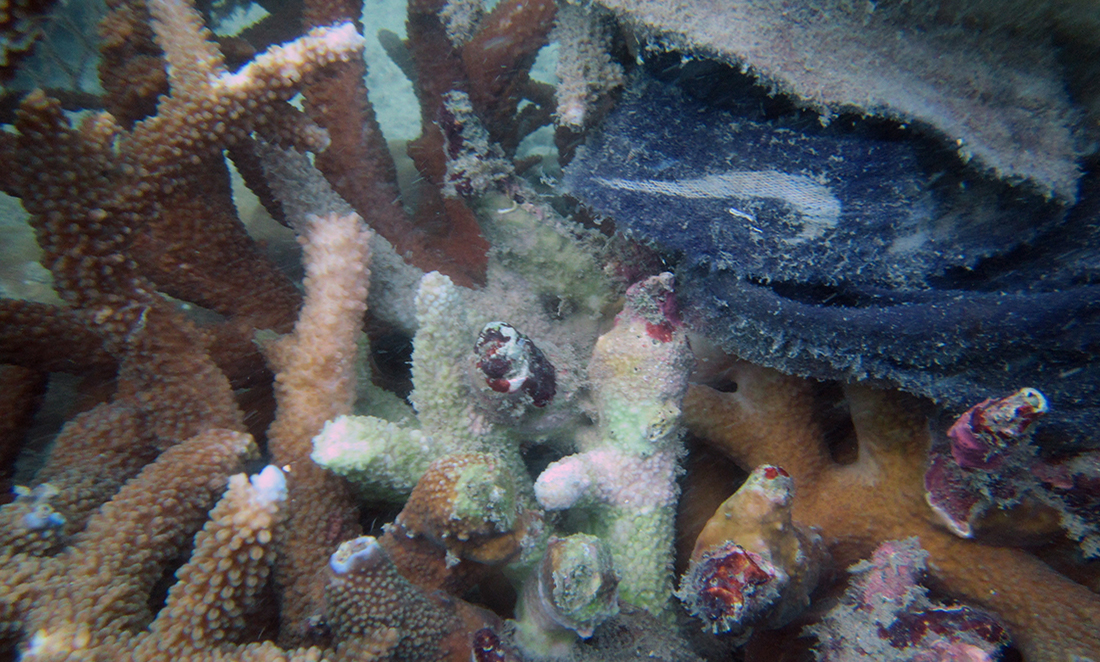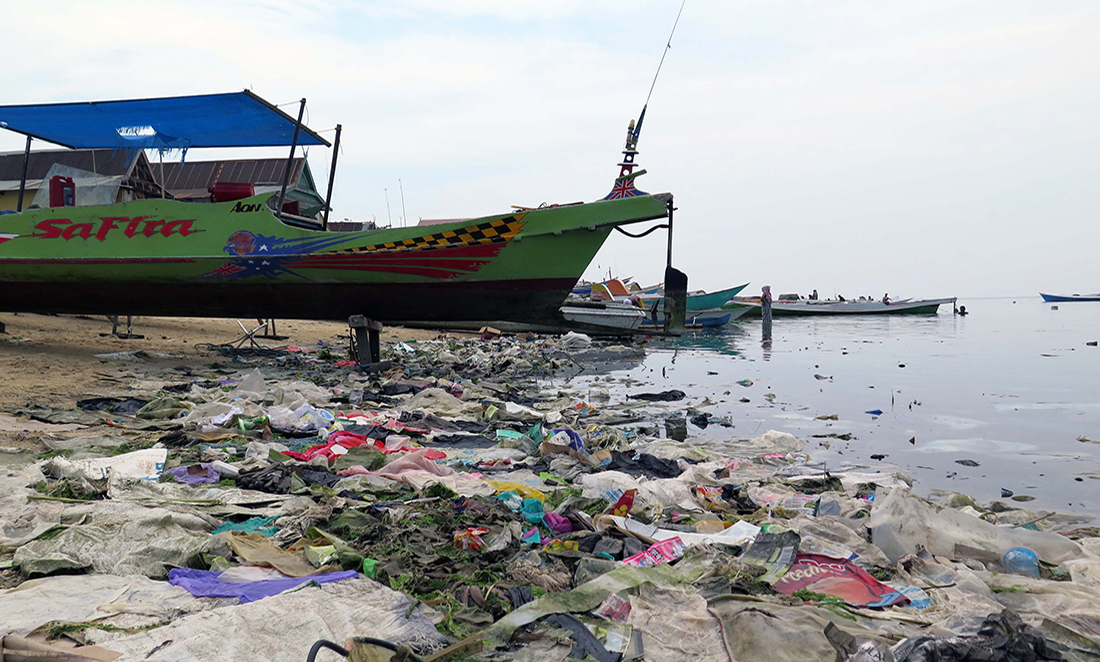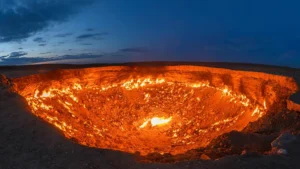Every year, as much as 12.7 million metric tons of plastic waste are dumped into the ocean. But so far, little is known about how this rubbish is affecting the health of marine organisms.
Recently, an international study has an answer, and it’s bad—coral reefs are getting sick from this plastic waste.
The study focused on the Asia-Pacific region, where more than half of the world’s corals reside, including our own Great Barrier Reef.
Plastic everywhere
The study analysed more than 150 reefs across the Asia-Pacific region, including Indonesia, Australia, Myanmar and Thailand. Based on the researchers’ estimates, more than 11.1 billion plastic items are currently entangled on coral reefs.

This figure could increase by 40% by 2025 if things don’t change.
The problem with this plastic waste is that it attracts unwanted microbes. These microbes greatly increase the chance corals will develop diseases.
The problem with plastic
Coral reefs are formed by tiny animals that live in association with microscopic algae called zooxanthellae. These delicate relationships can be affected by different factors. Both increasing ocean temperatures and pollution are known culprits.
But it turns out that the bacteria found in plastic waste also disturbs this delicate relationship.
After analysing nearly 125,000 reef-building corals for tissue loss and disease lesions, the team had a good idea of the problem.
Across the study region, researchers found that the presence of plastic rubbish increased the odds of corals getting sick—by a lot.
Coral reefs from places contaminated with plastic had an 89% chance of developing a disease. In plastic-free regions, these odds were just 4%!

“Plastic debris acts like a marine motorhome for microbes,” said the study’s lead author, Joleah Lamb, a postdoctoral research fellow at Cornell, who began collecting this data as a doctoral candidate at James Cook University.
“Plastic items—commonly made of polypropylene, such as bottle caps and toothbrushes—have been shown to become heavily inhabited by bacteria. This is associated with the globally devastating group of coral diseases known as white syndromes.”
It’s rubbish – but you can help
Every bit of plastic now floating in the ocean comes from us, humans, so it is up to us to change this nefarious situation. “The take-home message for individuals is to be more considered about the amount of single-use plastics you are using and think about where your plastic goes. These little things do matter,” says Joleah.
In this sense, WA is heading up the right way, with current plans for banning plastic bags by mid-2018. The initiative is backed by major retailers like Coles and Woolworths, who last year announced their plans to phase out plastic bags from their shops.
South Australia, Tasmania, the Northern Territory and the Australian Capital Territory have already banned the use of plastic bags.
With the ban of plastic bags under their belt, environmental activists are now seeking to ban the use of plastic straws, another major source of pollution. But plastic bags and straws are just two items on a long list of plastic we use every day and throw away as rubbish.
“On the positive side, this study shows that properly managing plastic waste reduces the levels we are finding on nearby coral reefs, therefore improving plastic waste infrastructure in developing countries should be a key priority worldwide,” says Joleah.









